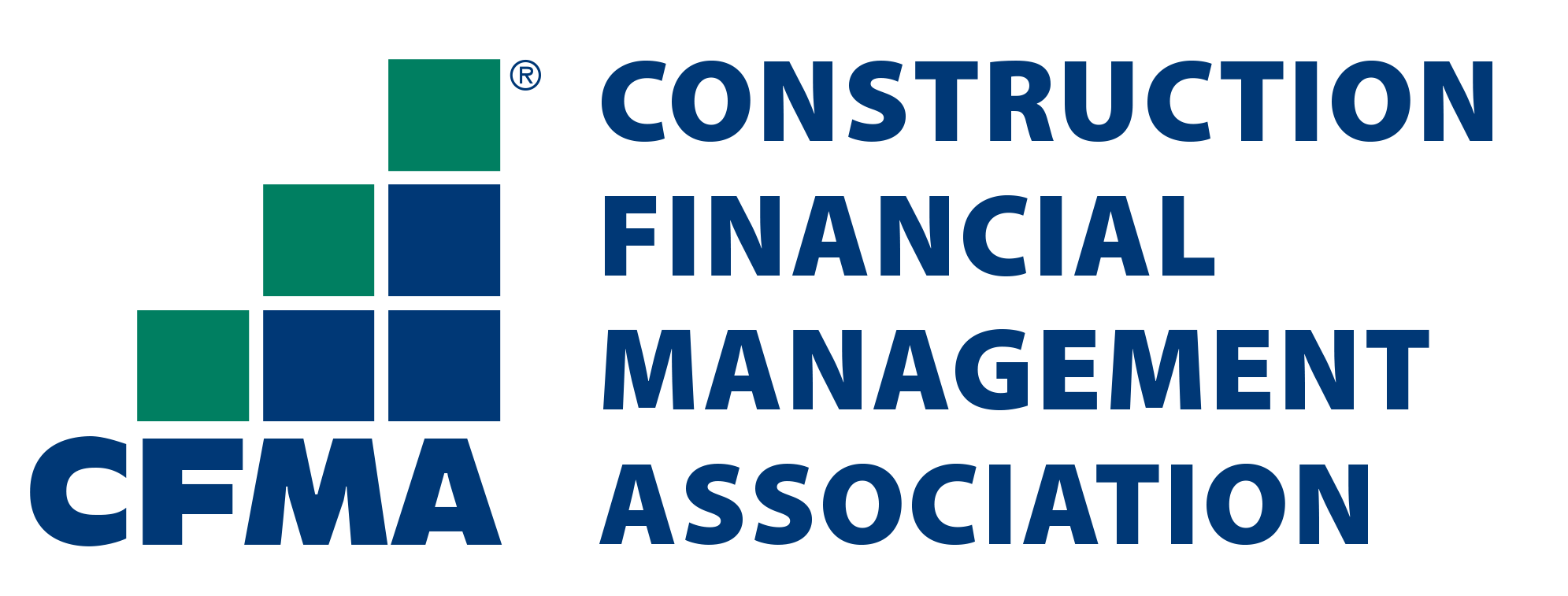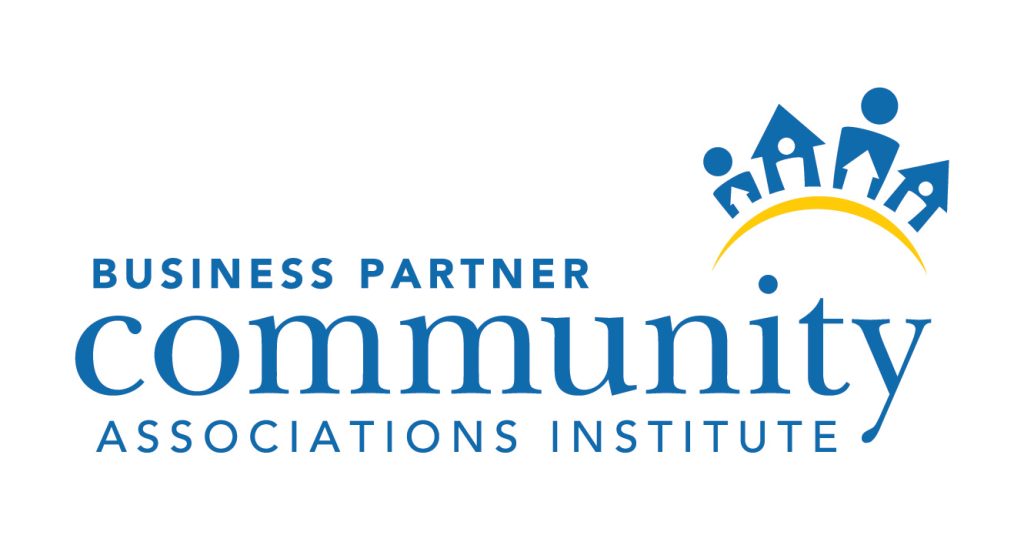Case Study 8

Client Profile
A firm with over 100 years of collective experience in residential & commercial real estate development, investment and management services. Over the period they have developed 165 properties in 5 different cities of East Coast and West Coast in USA.
Overview

Needs
Despite having a large operation spanning multiple properties, the client faced challenges in managing operating expenses and establishing operational controls. There was no budgeting (operating or annual) process in the company. There was a substantial gap in collections and expenses resulting in poor net cash flows of almost every property. Streamlining of operations coupled with budget based planning was direly needed to boost operating efficiencies.

Challenges
- Large volume of data across different accounting systems: The client’s portfolio consisted of a combination of different types of properties across single family, multifamily and condominiums. In addition, the data was often housed in different software such as QuickBooks, Promas, Appfolio and Excel resulting in varying consistencies and formats of the data. Further, the different in formats and chart of accounts resulted in intermediary steps such as mapping of accounts, normalization of data and standardization of input data, resulting in additional time and resource requirements. The entire budgeting exercise was to be completed in a short time frame of three months. Along with the budgets, we also had to set the occupancy and leasing targets across properties
- Varying availability of data: Client required allocation of budget according to the tax and financial benefits/ implications and according to the debt-equity structure of the property. There was lack in accounting practices across properties and delay in updating of accounting books. There was confusion among bookkeepers of all the properties, as some were maintaining records on cash basis and some on accrual basis. In some properties bookkeeper were not updating records on regular basis and entries of previous month were pending to be posted
- Resistance to Change: There was a significant resistance to change among certain managers, particularly older ones, towards the budgeting exercise as it was seen as a control measure from the central office. There was reluctance to promptly share data and also provided incomplete data for the budgeting exercise. Also, some managers were not tech savvy and showed their discomfort in adopting new tools to be implemented

Solution
- Methodology of Budget: We had to choose among historical data basis vs. Bottoms Up (Zero Basis) budgeting methodology. This historical data basis was chosen as its simpler, can be implemented faster and is also suitable for a business with a high degree of predictability in income and expenses. Historical values were determined after normalizing data for seasonality and utilization. Rental Income projections were based on collection factor and occupancy estimates assuming a base Gross Potential Rent. Projections from managers on marketing expenses and capital improvement expenses were considered. Contractual expenses were considered after reviewing the contacts. Mortgage expenses linked to interest rates etc. were projected based on either fixed amortization schedules (for fixed rate loans) or on interest rate projections (for floating rate loans). Real Estate taxes and Insurance expenses were estimated based on real estate market trends in the specific property’s location
- Implementation of Budget: Smooth implementation would have only been possible if we had the buy-in and cooperation of the local property managers. Accountability for budget variances could only be set after property managers’ whole-hearted involvement. In order to achieve their cooperation, we clearly articulated the need for budgeting process as a tool for proper management of the property. The ultimate beneficiaries of a well-implemented budgeting exercise would be the managers too. We also organized online training for managers to let them understand the budgeting methodology, reporting formats and to resolve their queries. This way, we accurately reflected the anticipated cost of tenant and capital improvements and did not face question marks on the budgetary figures while executing budget. Targets were set after discussion with managers and they were made accountable. Also an initial sample of ten properties was chosen for implementing the budget. This allowed us to identify issues, trouble shoot them and fine-tune the budgeting figures and implementation process
- Timely Delivery of Budget: We completed the project within 90 days after integrating client requirement, manager suggestions and major anticipated expenses. It was very important to implement before the start of the financial year, so that expenses are incurred as budgeted and reflected in the appropriate month in upcoming year. A key role in the timely implementation was the proactive role and full support of the senior management
Results
(1)
Timely reporting of budgetary variances including an explanation of the causes for the variances resulting in better understanding of the property’s performance and issues
(2)
Collection Factor has improved by 5%-10% across properties resulting in better cash-flows
(3)
Expenses such as utilities and repairs have gone down by 5%-15% due to greater visibility, tighter expense control and higher accountability
(4)
Planned allocation of capital improvement funds resulting in more effective utilization of capital improvement expenses such as carpeting, appliances
If you are interested in knowing more about how OHI can help your organization, reach out for a customized cost-benefit analysis tailored to your needs.
Enquire Now








